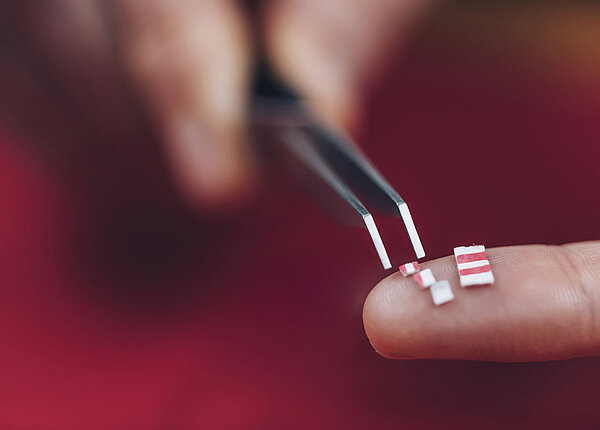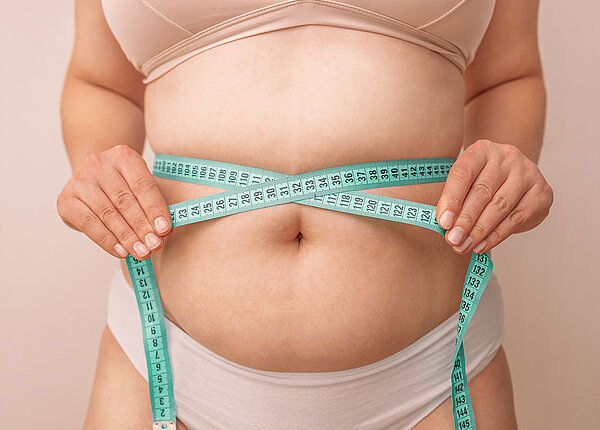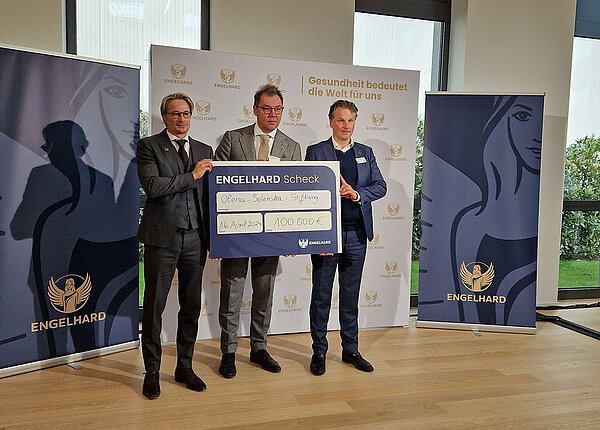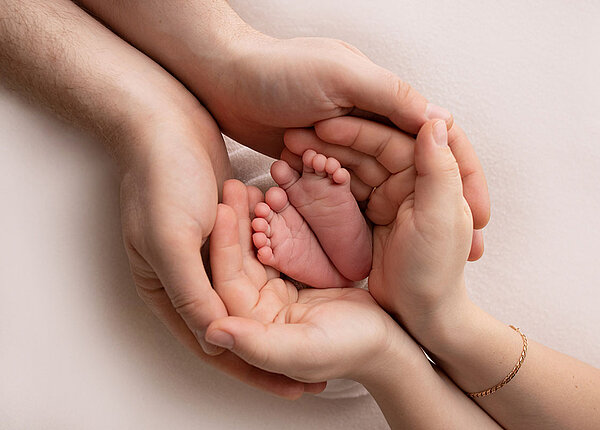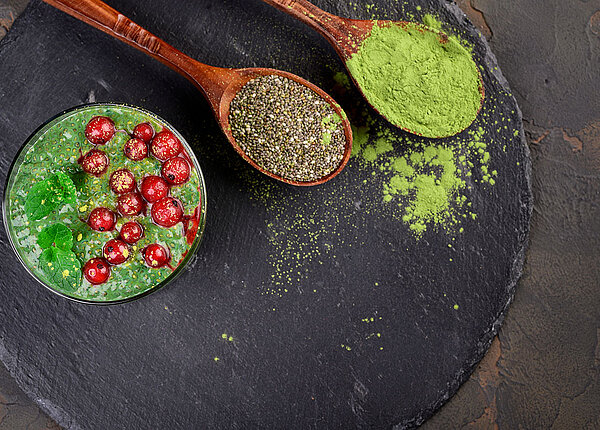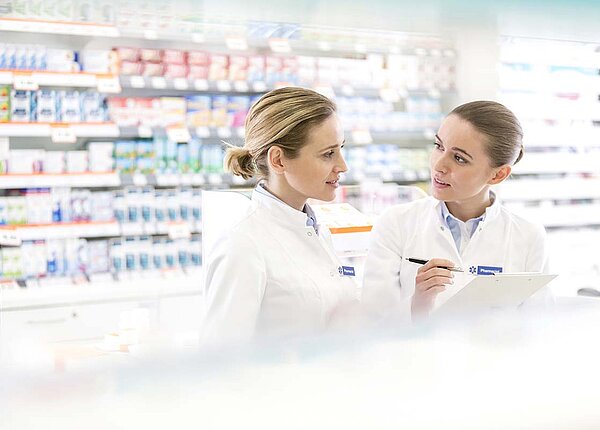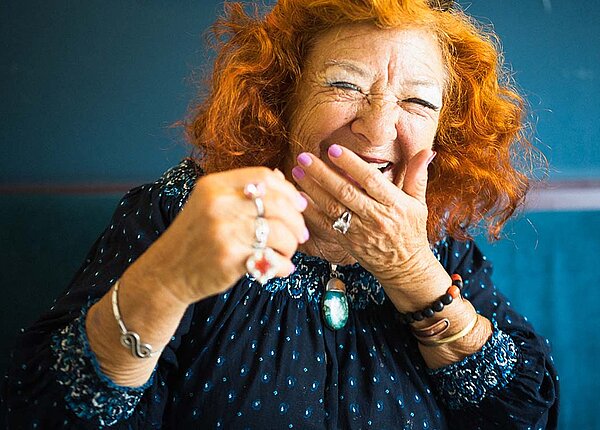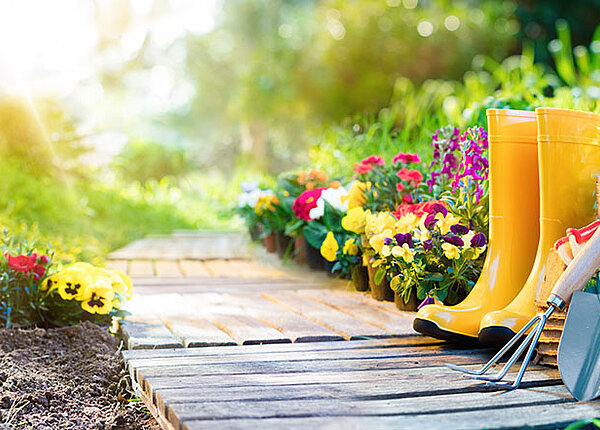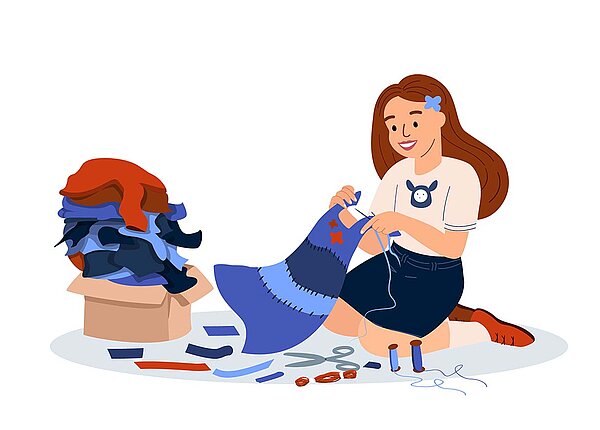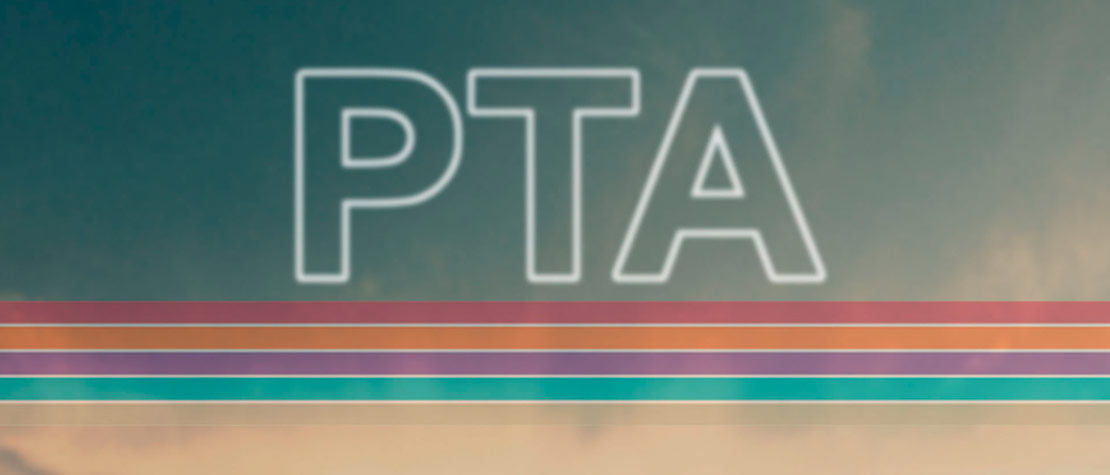English for PTA
VARICOSE VEINS AND THROMBOSIS
Seite 1/1 4 Minuten
DVT in itself is not life-threatening, but there is a risk of a blood clot breaking free and travelling to the lungs causing a pulmonary embolism, a life-threatening condition. The risks of developing a venous disorder vary from gender, to predisposition, to lifestyle. Women are likely to develop varicose veins during pregnancy, when taking oral contraceptives and hormone replacement therapy during menopause.
Fortunately, most venous problems are cosmetic and can be treated without an operation. In cases of SVT, a so-called thrombophlebitis can develop, causing significant pain in the vein and surrounding area. Deep vein thrombosis is found in the deeper veins and is affected by factors such as a sedentary lifestyle, obesity, smoking, and heredity. Prevention is a key factor.
Female pharmacy customer: Good morning. Do you speak English?
PTA: Yes, how can I help you?
As soon as the warm weather arrives, I start to get problems with my legs.
What kind of problems?
My feet get swollen, and my legs feel really heavy. Is there anything that you can recommend?
Of course! We have a whole range of products to help with those problems. This one here has horse chestnut extract, which has been known to help vein problems for a very long time. It comes as a gel, which is great for giving a cooling, soothing effect, and as a spray, which is ideal for the office. Do you have varicose veins?
No, and I don’t want them!
That’s good. When it gets warm, I usually start to wear light compression tights, which are ideal when you are standing all day. Going for a quick stroll at lunchtime also helps, especially if you have to sit or stand a lot. Avoid wearing high heels for longer periods, as the calf muscles can’t work properly with them. Simply putting your feet up for a few minutes is also helpful, especially after a long day standing. Of course, getting enough fluids over the course of the day is also very important.
I think I’ll take both products.
Exercise is so important for your legs. There are lots of things that you can do at home. For example, you can lie on your back, and elevate your legs and do cycling movements. Smoking doesn’t help your veins either.
I was thinking of quitting smoking anyway, so there is no time like the present.
By the way, I keep the gel in the fridge. It is so refreshing to apply it on tired legs after being on your feet all day!
I’ll definitely do that, thank you.
You can find this article on page 116 in DIE PTA IN DER APOTHEKE 06/2022.
Catherine Croghan, Lecturer in English and native speaker
Vocabulary
| varicose veins | Krampfadern |
|---|---|
| venous disorders | Venenleiden |
| blood clots | Blutgerinnsel |
| superficial | oberflächlich |
| spider veins | Besenreiser |
| life-threatening | lebensbedrohlich |
| pulmonary embolism | Lungenembolie |
| predisposition | Veranlagung |
| sedentary | sitzend |
| heredity | Vererbung |
| horse chestnut | Rosskastanie |
| soothing | beruhigend |
| compression tights | Kompressionsstrumpfhose |
| stroll | Spaziergang |
| calf muscles | Wadenmuskeln |
| fridge | Kühlschrank |
